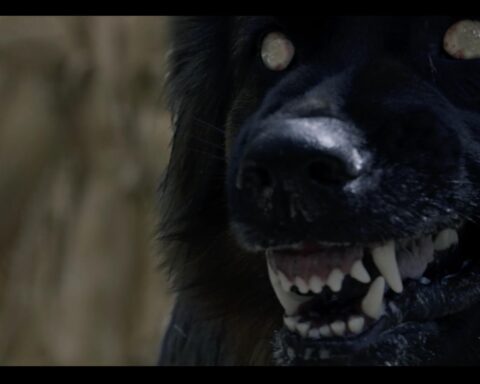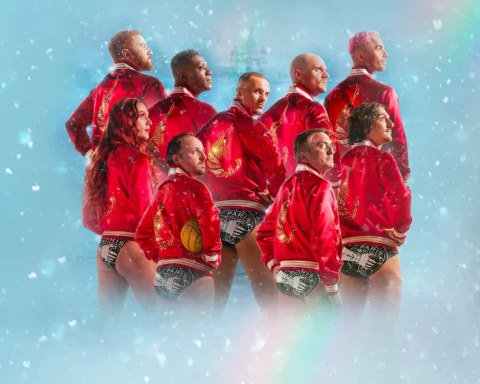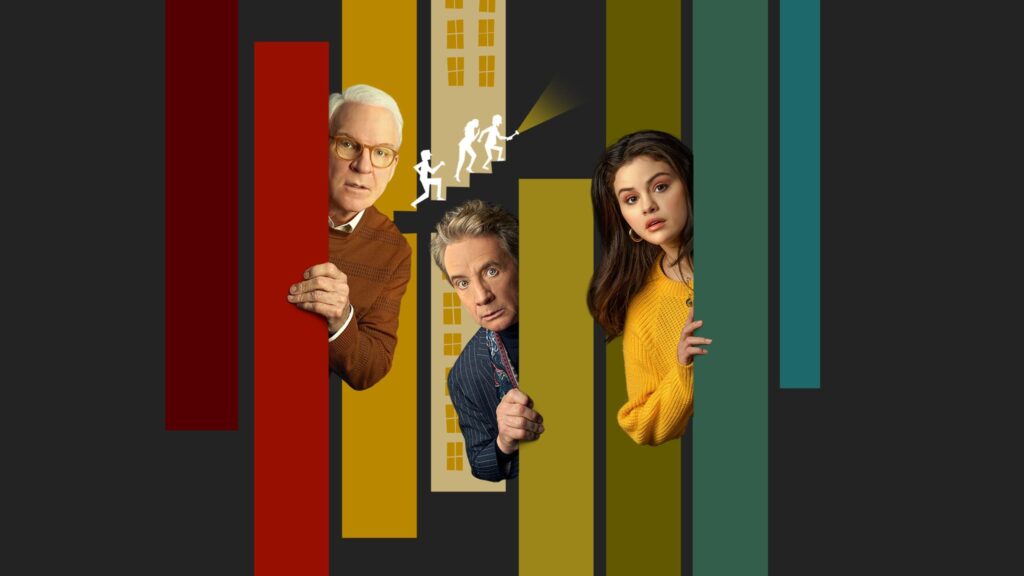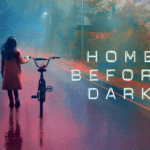In the pantheon of modern children’s animation, Monster High stands out as a luminous testament to the values of open-mindedness, tolerance, and inclusivity. This series, with its vibrant tapestry of fantastical characters and narratives, transcends mere entertainment. It engages young viewers in profound ways, subtly yet powerfully instilling values that are essential in an increasingly diverse world.
The Genesis of Monster High
Monster High, created by Garrett Sander and first launched by Mattel in 2010, initially emerged as a line of fashion dolls. However, it quickly expanded into a multimedia franchise, including animated webisodes, television specials, films, and books. The franchise’s unique allure lies in its creative reimagining of classic horror archetypes into relatable teenage personas, each with their unique challenges and personalities. This creative premise provided fertile ground for exploring complex themes of identity, acceptance, and belonging.
Character Archetypes as Mirrors of Society
At its core, Monster High is a celebration of diversity. Each character, a descendant of iconic monsters, symbolizes different aspects of identity and difference. For instance, Frankie Stein, the daughter of Frankenstein’s monster, grapples with the anxieties of being new and different, embodying the universal teenage struggle of fitting in. Draculaura, the daughter of Dracula, is a vegan vampire, defying the expectations imposed by her lineage and symbolizing the importance of individuality.
These characters are not merely monstrous for the sake of novelty; they are meticulously crafted to represent a spectrum of human experiences. Lagoona Blue, the daughter of a sea monster, can be seen as a metaphor for environmental consciousness and the challenges faced by those who are different in appearance and culture. Cleo de Nile, the daughter of a mummy, represents the pressures of legacy and leadership, often juxtaposing her royal heritage with her desire for genuine friendship and acceptance.

Themes of Inclusivity and Tolerance
One of the most compelling aspects of Monster High is its unwavering commitment to themes of inclusivity and tolerance. The series repeatedly emphasizes that it is our differences that make us unique and valuable. In an era where bullying and social exclusion are rampant issues among young people, Monster High offers a counter-narrative. It champions the idea that everyone, regardless of their background, appearance, or abilities, deserves respect and acceptance.
For example, the character of Ghoulia Yelps, the daughter of zombies, communicates in zombie groans, which her friends understand and accept without question. This portrayal of non-verbal communication can be seen as a nod to neurodiversity, illustrating that different ways of communication are valid and meaningful.
An Intersectional Approach to Identity
Monster High does not shy away from addressing the intersectionality of identity. Characters often navigate multiple facets of their identities simultaneously, reflecting the complex reality of modern adolescence. Clawdeen Wolf, for instance, is a werewolf who also deals with issues of body positivity and self-acceptance. Her struggles with her hair and appearance resonate deeply with young viewers, particularly those who feel societal pressure to conform to certain beauty standards.
Similarly, the character of Deuce Gorgon, son of Medusa, must manage the dual aspects of his identity as a cool, laid-back guy who can turn people to stone with a glance. This duality serves as a metaphor for the balance many individuals must strike between their inner selves and the personas they present to the world.
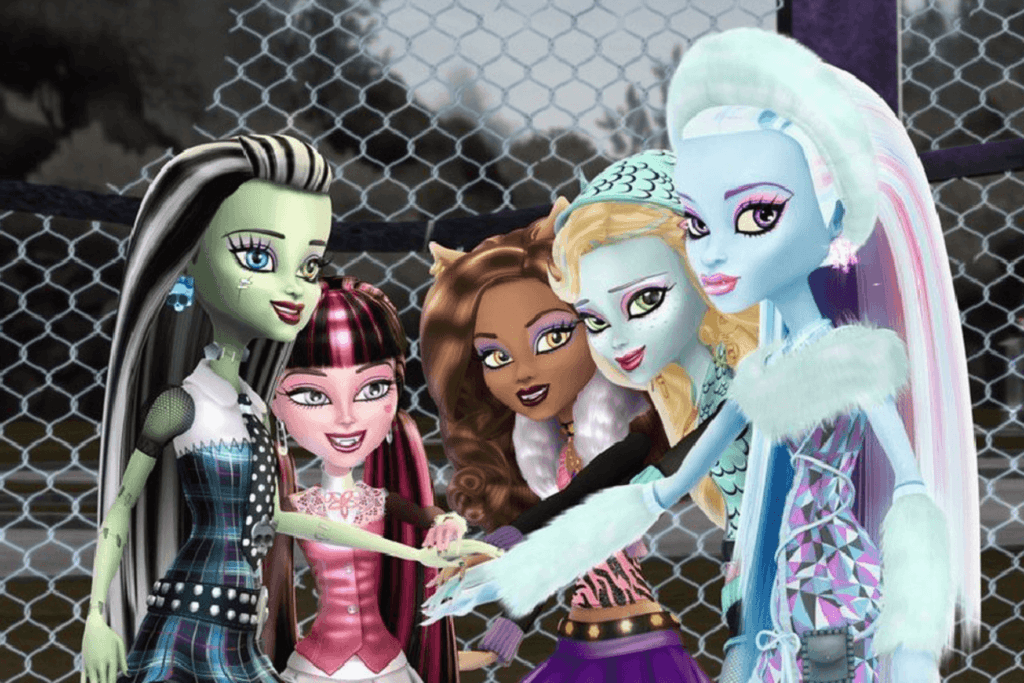
Educational Value Through Storytelling
Monster High employs storytelling as a vehicle for education, subtly imparting lessons on empathy, respect, and the importance of embracing diversity. Each episode or film is crafted with narratives that challenge prejudices and stereotypes. For instance, in the movie Frights, Camera, Action!, the characters travel to different parts of the world, encountering and respecting various cultures and traditions. This global perspective encourages viewers to appreciate cultural diversity and fosters a sense of global citizenship.
Moreover, the franchise addresses real-world issues through its fantastical lens. Bullying, peer pressure, self-esteem, and environmental concerns are recurrent themes. By embedding these issues within its narratives, Monster High provides young viewers with tools to navigate their own lives, promoting critical thinking and emotional intelligence.
Aesthetic Diversity and Representation
The visual diversity of Monster High is another significant aspect of its inclusive ethos. The characters are designed with a wide range of skin tones, body types, and fashion styles, breaking away from the homogeneity often seen in children’s media. This aesthetic diversity not only makes the series more engaging but also ensures that more viewers can see themselves represented on screen.
In particular, the character of Jinafire Long, the daughter of a Chinese dragon, introduces elements of Chinese culture and aesthetics, enriching the series’ cultural tapestry. Similarly, the character of Skelita Calaveras, the daughter of a skeleton, draws inspiration from Mexican traditions, particularly Día de los Muertos, celebrating and honoring cultural heritage.

A Progressive Narrative in Children’s Media
The progressive nature of Monster High extends beyond its character design and thematic elements. The series actively promotes a narrative of self-discovery and empowerment. The characters are often depicted overcoming personal insecurities and societal expectations to embrace their true selves. This journey of self-acceptance is crucial for young viewers, as it reinforces the idea that they too can overcome their fears and embrace their unique identities.
The series also emphasizes the importance of friendship and community. The characters’ adventures are often collaborative efforts, showcasing the strength that comes from working together and supporting one another. This focus on teamwork and mutual respect is a powerful message for young audiences, highlighting the value of community and solidarity.
Comparing Monster High to Other Media
When compared to other children’s media, Monster High stands out for its nuanced approach to inclusivity and diversity. While many shows feature diverse characters, few do so with the depth and intentionality of Monster High. For instance, while series like My Little Pony: Friendship is Magic and Steven Universe also promote themes of friendship and acceptance, Monster High uniquely blends these themes with an exploration of identity and societal issues through its monstrous metaphor.
Furthermore, the series’ commitment to representing a wide range of cultures and experiences is particularly noteworthy. In contrast, many children’s shows, even those with diverse casts, often lack the cultural specificity and intersectional approach that Monster High champions. This dedication to authenticity and representation sets Monster High apart as a leader in inclusive children’s media.
The Impact on Viewers
The impact of Monster High on its viewers is profound and multifaceted. For many young people, the series serves as an introduction to the concepts of diversity and inclusivity. By seeing characters who are different yet accepted and celebrated, viewers learn to appreciate and respect differences in their own lives.
Moreover, Monster High empowers viewers to embrace their own identities. The series’ portrayal of characters overcoming insecurities and societal pressures resonates deeply with young audiences, many of whom face similar challenges. This empowerment is not only crucial for personal development but also for fostering a more inclusive and accepting society.

The Future of Monster High
As Monster High continues to evolve, its commitment to inclusivity and diversity remains steadfast. The franchise’s recent reboots and new content continue to explore these themes, ensuring that new generations of viewers benefit from its positive messages.
Looking forward, Monster High has the potential to further expand its influence by incorporating even more diverse characters and narratives. By continuing to push the boundaries of representation, the series can further cement its role as a beacon of inclusivity in children’s media.
Evolution of Young Audience Content
In a world where the media landscape is often criticized for its lack of diversity and inclusivity, Monster High emerges as a shining example of how children’s programming can be both entertaining and profoundly educational. Through its imaginative storytelling, complex characters, and unwavering commitment to inclusivity, Monster High not only captivates its audience but also teaches them invaluable lessons about acceptance, empathy, and the beauty of diversity.
As young viewers engage with the series, they are encouraged to look beyond superficial differences and appreciate the unique qualities that each individual brings to the world. This lesson, delivered through the colorful and enchanting world of Monster High, is one that resonates deeply and has the power to shape a more tolerant and inclusive future. In this way, Monster High is not just a testament to open-mindedness, tolerance, and inclusivity—it is a vital tool for fostering these values in the next generation.

